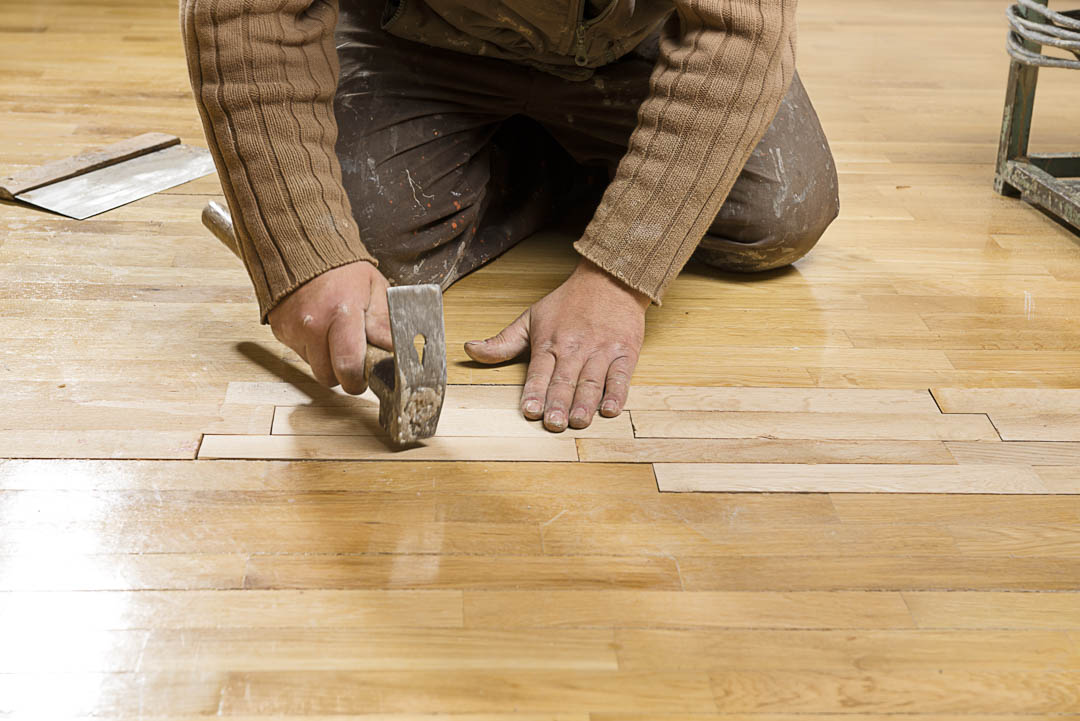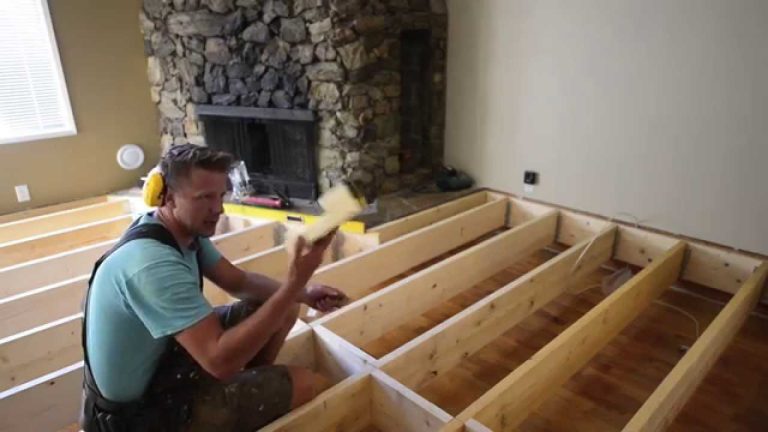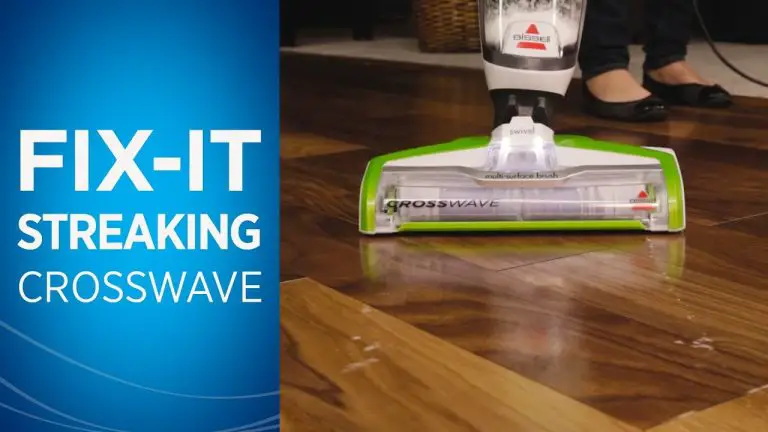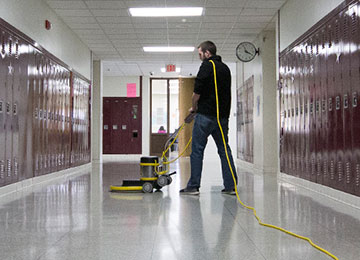How to Bid a Flooring Job
Bidding a flooring job can be an intimidating prospect for any business owner. You want to make sure you’re providing the best possible service and price that will help your company succeed, while still remaining competitive in the industry. The process of bidding on a flooring job is not difficult if you know what to expect and have taken some time to prepare before submitting your bid.
In this blog post, we’ll discuss how to properly bid a flooring job from start to finish, so that you can confidently submit bids with confidence knowing that you are getting the most out of each opportunity.
- Estimate the Job: The first step in bidding on a flooring job is to accurately estimate the number of materials needed for the project and calculate any labor costs associated with it
- Depending on the type of flooring, this could include measurements for square footage, materials such as underlayment or adhesives, and other tools necessary for installation like nails or staples
- Research Prices: Once you have an accurate estimate of what materials are necessary for your project, research prices from local suppliers that offer competitive rates
- Make sure to factor in taxes and shipping charges so that you can make an informed decision when selecting which supplier will provide your job’s material needs at a price that fits within your budget constraints
- Calculate Labor Costs: In addition to material costs, it is important to consider any labor costs associated with completing the job such as hiring subcontractors or paying employees overtime wages if needed due to complexity or time constraints
- Take into account how many hours will be spent installing the flooring as well as any additional tasks like clean up afterward before calculating total labor costs accordingly
- Submit Bid Proposal: Once all expenses related to completing the job have been accounted for, submit a bid proposal outlining all relevant details including pricing breakdowns for both material and labor costs along with estimated completion times and payment terms should you be awarded the contract
- Remember to stay competitive while still making enough profit on each project keeping in mind overhead expenses such as travel fees etc
Flooring Job Bid Calculator
If you’re a flooring professional looking to bid on flooring jobs, then you may be interested in using a Flooring Job Bid Calculator. This tool can help streamline the process of calculating costs for each job and ensure that your bids are accurate and competitive. A Flooring Job Bid Calculator is an online tool that helps contractors quickly estimate their project costs by taking into account factors such as materials, labor, overhead expenses, profit margin, taxes, and other associated fees.
The calculator will also include options for customizing your job bid with items like delivery fees or additional services such as carpet cleaning or repair work. To use this calculator effectively, it’s important to have a clear understanding of all the components involved in pricing out a job from start to finish. Start by gathering information about the estimated number of square feet needed for installation along with any necessary material requirements (i.e., underlayment).
Next, calculate the time it would take to complete the project based on how many workers you plan to employ; factor in travel time if workers need to commute between multiple sites during installation days. Then determine what kind of overhead expenses might apply including rent payments or insurance premiums; add these amounts into your total cost calculation before factoring in taxes and any other applicable fees. Lastly, decide what percentage markup should be applied when bidding on projects- typically this ranges from 10%-20% depending upon individual preferences and market conditions at the time of bidding.
Using a Flooring Job Bid Calculator is an easy way for contractors to save time while accurately estimating their costs for each project they bid on- giving them more control over their bottom line! Plus since everything is done electronically there’s no need to worry about lost paperwork or manual errors which could lead to costly mistakes down the road.
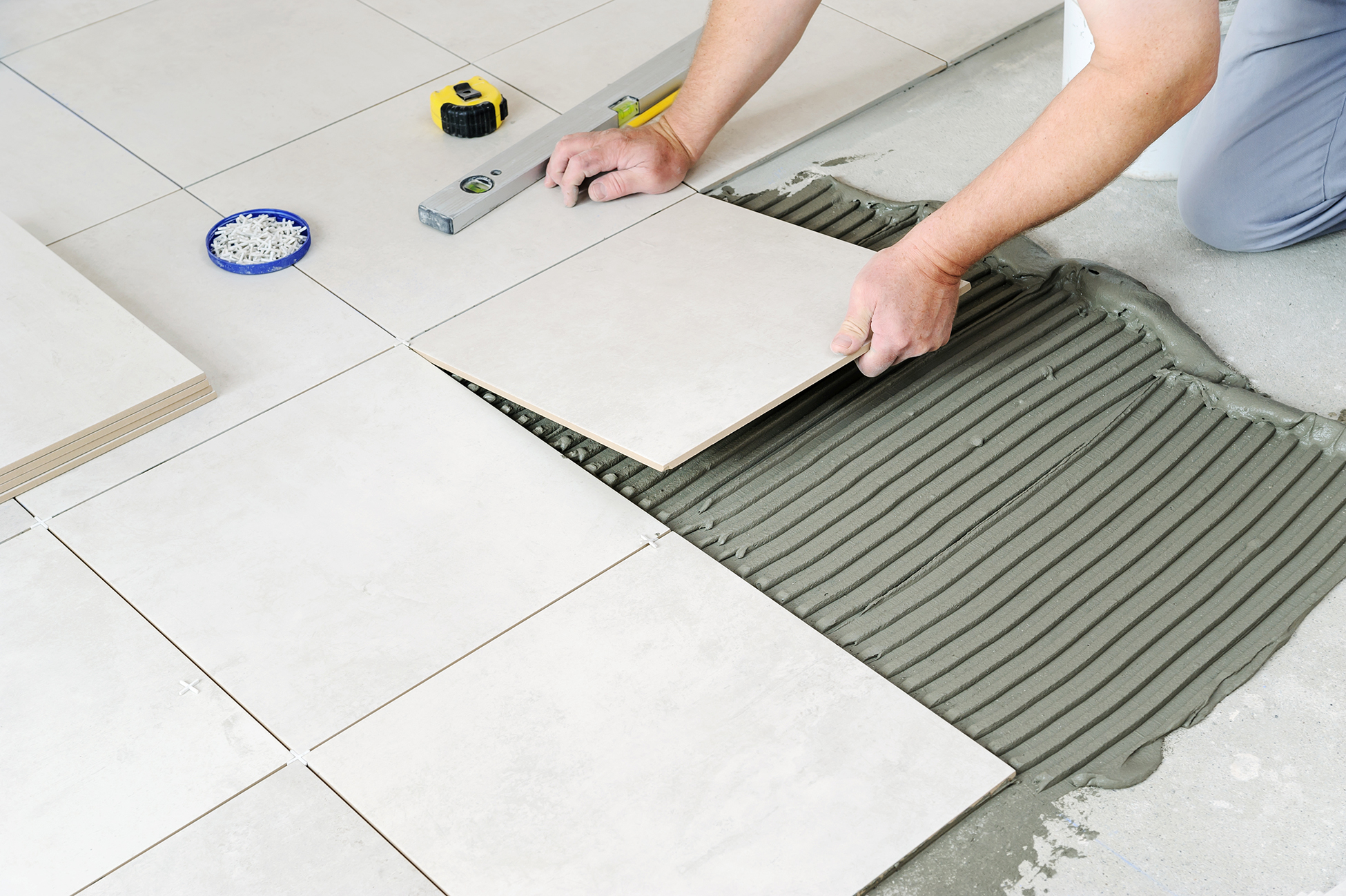
Credit: www.tileletter.com
How Much Should I Charge to Install Floor?
When it comes to installing a new floor, there are several factors that need to be considered in order to determine how much you should charge for the job. The cost of labor and materials, as well as any additional services such as preparation or removal of old floors, can all affect the overall price. The first step is determining what type of flooring you will be installing.
Different types of flooring require different levels of installation expertise and have different costs associated with them. For example, hardwood floors tend to be more expensive than laminate or tile while carpet may cost less than either one. Once you’ve determined the type of flooring material being installed, you’ll need to consider the size and scope of the project itself.
Installation prices can range from a few hundred dollars for small jobs up to thousands depending on complexity and size. If your project requires extensive preparation work like demolition or leveling then this could significantly increase your labor costs which would need to factor into your final pricing structure. In addition, if special tools or equipment are required for installation then these also must be taken into account when calculating how much you should charge for a job such as this one.
You may also want to consider whether or not any additional services such as cleanup after completion will add extra value (and expense) for customers who choose your service over someone else’s.
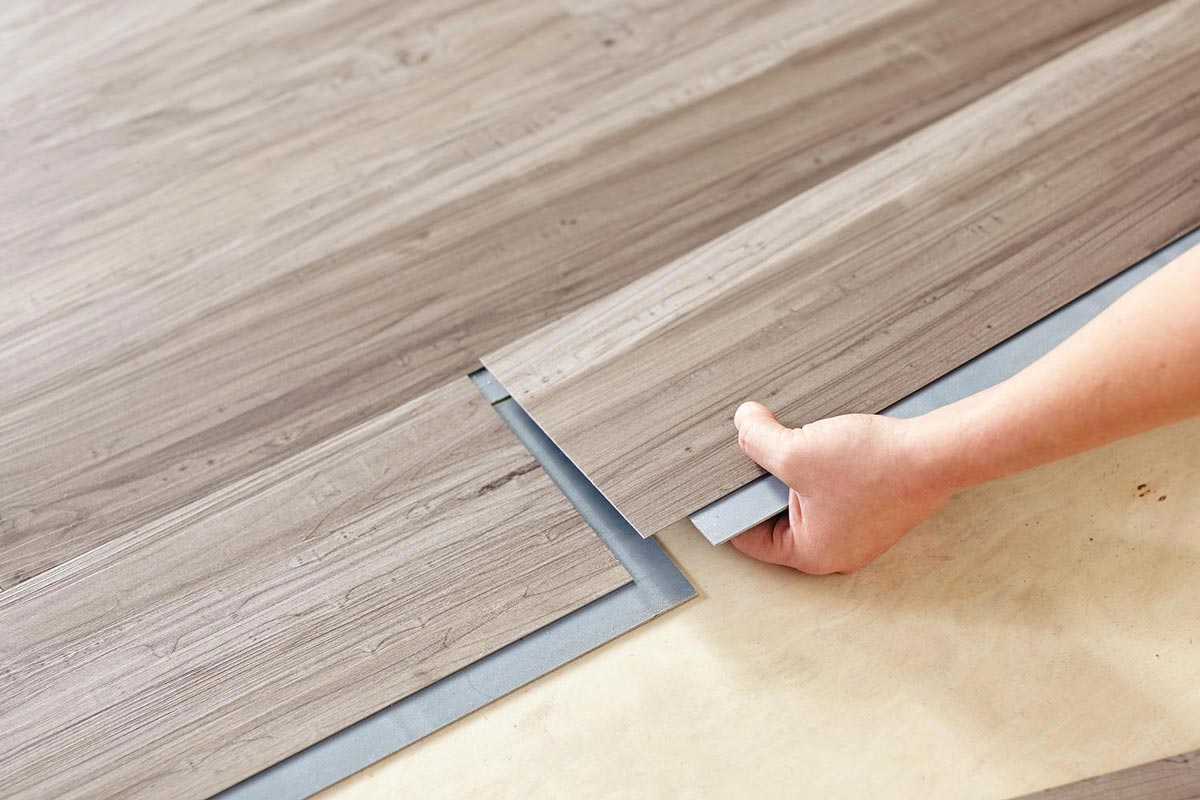
Credit: homeguide.com
How Do You Charge for Floor Work?
When it comes to charging for floor work, there are a few different approaches that can be taken. Depending on the scope of your project and the complexity involved, you may need to determine how much time is required in order to complete each task effectively. This will help you decide whether an hourly rate or fixed-price plan would be more suitable for your needs.
Hourly Rates If you’re working with a client who has limited resources or budget constraints, then charging by the hour may be their best option. You should provide them with an estimated number of hours before taking on any projects so they know what they’ll be paying upfront and have realistic expectations about completion timescales.
The amount charged per hour could vary depending on factors such as experience level, skill set, and location; but typically ranges from $25-50/hr depending on the complexity of the job at hand. Fixed Price Plans For larger jobs where costs can quickly escalate if not managed properly, a fixed price plan is often preferred due to its predictability and reliability when budgeting for projects.
When using this approach you should calculate both materials and labor costs accurately in order to ensure that all expenses are covered within the final quote provided – leaving no room for surprise prices down the line! Generally speaking, these types of plans tend to range from $500-2000+ depending on size & scope; although some contractors charge flat fees regardless of project size (i.e.: 1 room = $1K). Hybrid Pricing Models
Finally, hybrid pricing models offer clients flexibility without compromising accuracy in cost calculations – which makes sense when dealing with complicated projects requiring multiple stages over extended periods of time! These often involve combining elements from both hourly rates & fixed price plans (such as initial consultations + installation) while also factoring in additional features like clean-up services etc. Hybrid models allow customers peace of mind knowing exactly what services will be delivered at what cost regardless of changes throughout development cycles – making them ideal solutions for complex flooring jobs!
What Should a Flooring Estimate Include?
If you’re looking to install new flooring in your home or business, a good place to start is by getting an estimate. This can help you determine the cost of the project and give you an idea of what materials and labor would be required. But what should a flooring estimate include?
First, it should include information about the type of flooring being installed. This could include hardwood, laminate, tile, vinyl plank, carpet, etc., along with any associated underlayments such as padding or insulation. The estimate should also list out all necessary materials needed for the job including adhesives and sealants if applicable.
Second, it should provide details regarding labor costs involved with the installation. Most estimates will break down labor costs into tasks such as removal of old flooring (if necessary), preparation work like leveling subfloors and laying adhesive mats (for tile projects), cutting pieces to fit around corners or obstacles in the room, etc., actual installation time spent putting down each piece or section of material followed by finishing touches like grouting tiles or sealing wood planks). The estimated number of hours for each task should be included so that you know how long it may take for your project to be completed correctly without rushing through parts just to get done faster.
All estimates should also factor in additional charges from contractors who may need to accessorize their services such as moving furniture while they’re working onsite – this cost is typically added separately but still needs to be factored into the total budget when making decisions about which company/contractors are best suited for your specific job requirements. Lastly, most estimates will also offer suggestions on ways consumers can save money during their project based on things like purchasing more affordable alternatives instead of top-of-the-line products – this kind of advice helps homeowners stay within their budgetary limits while still getting quality results at completion time! Additionally, some companies might even throw in extras like free delivery on certain orders over x dollar amount; these discounts won’t always show up explicitly listed inside an initial quote but customers can always ask sales reps directly if there’s anything available that could help lower overall price tag before signing contract agreement papers too!
How Much Does It Cost to Floor a 1000 Sq Ft House?
The cost to the floor of a 1000 sq ft house can vary greatly depending on the type of flooring chosen, as well as other factors such as labor costs and materials. Generally speaking, you can expect to pay anywhere from $1,000-$4,000 for a basic installation of vinyl or laminate floors in a 1000 sq ft house. If hardwood is your preferred choice for flooring, then you should anticipate spending more than double that amount for an installation of 1,000 square feet.
This is primarily due to the fact that wood flooring requires additional preparation including subfloor leveling and sanding before it can be installed. On average, homeowners will spend between $2,500 -$8,500 installing hardwood floors in a 1000 sq ft home. Carpet also offers many options when it comes to cost and looks great in any room.
However, depending on the grade of carpet chosen (low-end or high-end), prices may range from $1000-$7000+ for 1k square feet installed professionally with padding included. Tile is another popular option and while there are many affordable options available starting at around $3/square foot; if you opt for higher quality tiles like marble or slate then pricing could easily exceed upwards of 10$/sqft plus extra charges such as grouting and sealant which would add an additional 2-3$ per square foot onto your overall bill. Considering all these factors together it’s safe to say that the cost to the floor of a 1000 sq ft home can range anywhere between $1 000 – 8 500$.
Of course, this does not include any furniture moving fees associated with having professionals move existing furniture prior to installation so make sure you factor those into your budget when planning out what kind of new floors you’ll be putting into your beloved space!
How much do vinyl plank flooring installers make?
Conclusion
Hey there! Have you ever been asked to bid on a flooring job? It can be intimidating, but it doesn’t have to be.
Here are some helpful tips for bidding on a flooring job: First, you should research the scope of the project and make sure that you understand all aspects of what needs to be done. Then, get an accurate measurement of the area that will need to be covered so that your pricing is correct.
You also want to consider any special features such as radiant heat or underlayment when determining your price quote. Next, determine the materials needed for the job and obtain quotes from suppliers in order to give an accurate estimate for material costs. Once everything has been calculated and all numbers are finalized, create a proposal with itemized expenses and options (if applicable).
Be sure to include details about installation warranties and other services offered in your bid package as well. Lastly – don’t forget insurance! Make sure that both parties involved in the contract have adequate coverage before beginning any work on-site.
By following these steps, you should have no problem nailing down bids for future flooring jobs!

